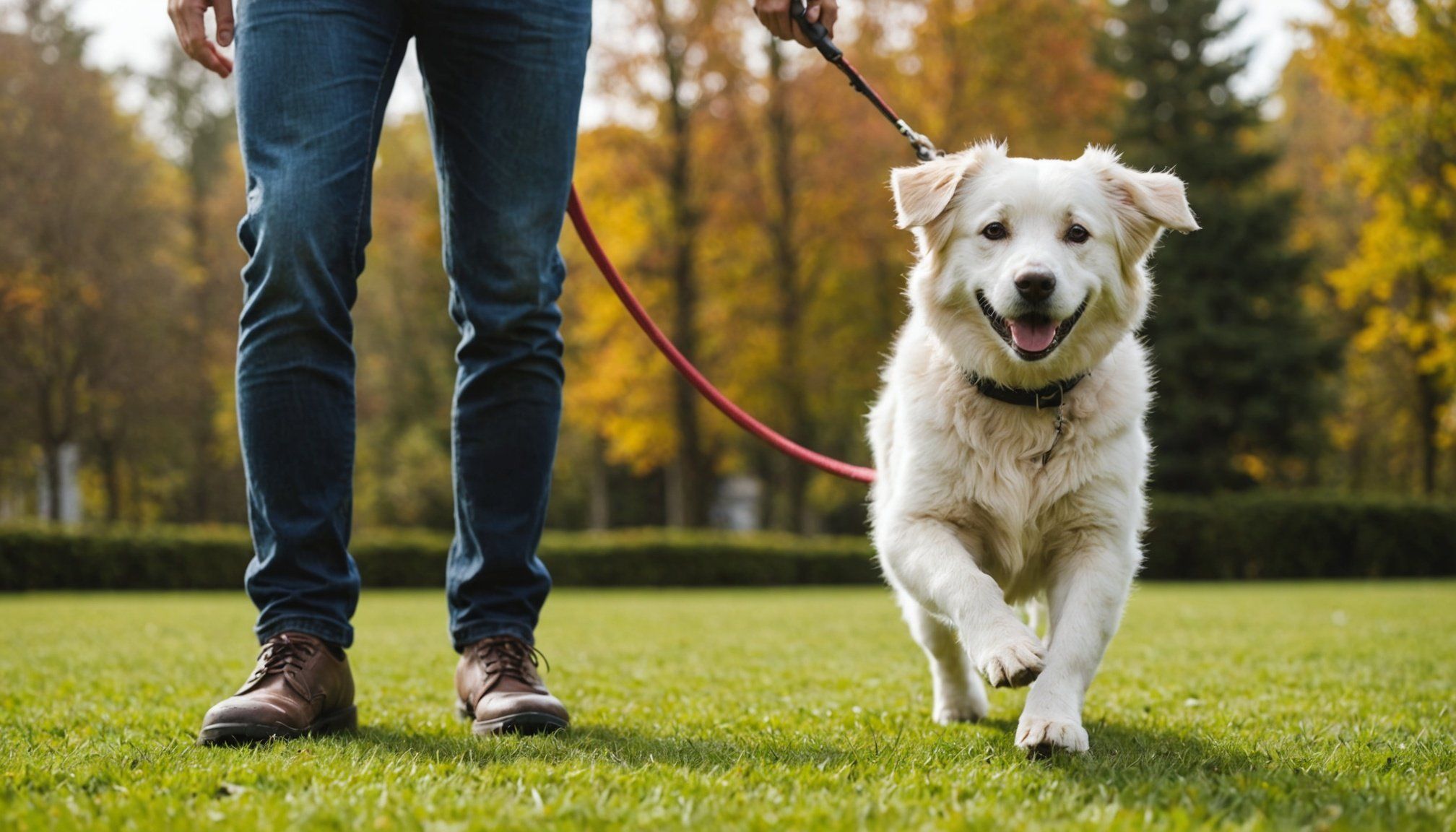Understanding Pet Behavior
Understanding Pet Behavior Insights is essential for a harmonious relationship between pet and owner. Deciphering a pet’s body language and vocalizations is crucial. For instance, a wagging tail in dogs often signifies excitement, but with cats, a twitching tail might imply irritation. Paying attention to these cues helps in predicting and preventing behavioral issues.
Behavioral problems in pets commonly stem from psychological triggers. Anxiety, for example, often results in destructive behavior such as chewing furniture when a pet feels alone. Fear is another common trigger, potentially causing pets to hide or even become aggressive in response to certain stimuli.
Topic to read : Selecting Your Perfect Pet: A Comprehensive UK Guide for 2024
Addressing these issues requires strategic solutions tailored to each pet’s unique needs. Start by identifying the root cause. Is your pet anxious due to separation? Introduce calming routines and gradually increase the time away, ensuring your pet feels safe. Use positive reinforcement to reward calm behavior and reduce anxiety over time.
For adoption of aggressive behavior, slowly desensitize your pet to the trigger and reinforce calm, non-aggressive reactions. Implement Pet Behavior Insights through observation and patient training. Recognize patterns, adapt strategies, and watch how these measures can transform challenging behaviors into positive, nurturing interactions.
In parallel : Selecting Your Perfect Pet: A Comprehensive UK Guide for 2024
Essential Training Techniques
Implementing effective training techniques is crucial to cultivating desirable behavior in pets. An impactful approach is positive reinforcement, which encourages good behavior by offering a reward after the pet demonstrates the desired action. Rewards can range from treats and toys to verbal praise and affection. This method not only fosters a positive learning environment but also strengthens the bond between pet and owner.
When dealing with training challenges, adaptability and patience are key. Common obstacles, such as inconsistency and external distractions, can hinder progress. Tailoring techniques to suit an individual pet’s temperament can alleviate these issues. For instance, a highly energetic dog may benefit from incorporating short bursts of play into training sessions to maintain focus. Conversely, a cat with a laid-back demeanor might respond better to calm, slow-paced activities.
Addressing specific pet types requires understanding their unique characteristics. For dogs, establishing a Training Routine with clear commands is essential. Meanwhile, cats often require a more gentle approach due to their independent nature. Consistently applying these tailored techniques ensures a well-adjusted pet that responds positively to training, ultimately creating a harmonious home environment.
By using the right techniques and adapting strategies to individual needs, pet owners can effectively address behavioral issues and reinforce good conduct.
Creating a Training Schedule
Establishing a Training Schedule is pivotal for a pet’s progressive learning. Regularity in training sessions promotes habit formation and reinforces positive behaviors. Consistent routines enable pets to predict what is expected of them, thereby easing the learning process.
Importance of Consistency
Consistency in training solidifies learned behaviors, reduces confusion, and builds trust. This involves using the same commands and ensuring all family members adhere to set guidelines. Inconsistent training may result in mixed signals, causing frustration for both the pet and the owner.
Setting Realistic Goals
Setting feasible and measurable goals for training sessions encourages steady progress. Begin with simple commands like “sit” or “stay.” As your pet consistently follows these commands, gradually introduce more complex tasks. Remember, small victories help build momentum.
Weekly Training Plan Examples
Crafting a tailored weekly training plan boosts effectiveness. For a dog, incorporate brief daily sessions to maintain focus and motivation. For cats, adjust the frequency based on their interest and energy levels. Sample plans include:
- Dogs: 15-20 minute sessions, three to five times a week.
- Cats: Short 5-10 minute intervals, two to three times a week.
Tailoring strategies to individual needs while maintaining a routine ensures a structured approach, enhancing the overall training experience.
Addressing Common Training Challenges
Common Training Challenges can hinder progress but are surmountable with the right strategies. When confronting distractions during training, keep sessions short and engaging. Gradually increase complexity as your pet’s focus improves. For training in public spaces, start in quieter environments and slowly introduce more distracting settings.
Overcoming fear or anxiety is crucial. If a pet exhibits anxiety during training, identify soothing techniques. Use calm tones and gentle assurance to alleviate stress. Gradually expose your pet to anxiety-inducing stimuli in controlled environments to build confidence. Celebrate minor progressions to bolster their assurance.
For owners managing multiple pets, training simultaneously can be daunting. Focus on one pet at a time to prevent chaotic sessions. To ensure each pet’s needs are met, consider staggered schedules or enlisting help from family members. Consistency remains vital; using the same commands and rewards for each pet curtails confusion.
Remember, patience and adaptability are essential. Tailor these expert-recommended solutions to fit your pet’s unique temperament and circumstances. With perseverance, you can navigate training hurdles and cultivate a well-behaved, harmonious pet household.
Utilizing Resources for Training
Training Resources significantly enhance one’s ability to properly educate their pet. A plethora of resources, ranging from informative books to interactive videos, provide structured learning paths. Many acclaimed books and online articles detail scientifically backed training techniques suitable for varied pet types, making it easier to tailor approaches.
Engaging in hands-on training classes and workshops offers another layer of educational depth. These classes provide interactive learning environments where owners gain practical experience under the supervision of experts. This real-time feedback can be invaluable for addressing specific training challenges and enhancing techniques.
In situations requiring specialized attention, professional trainers play a crucial role. They possess the expertise and experience to handle complex behavioural problems, offering tailored solutions that might not be readily available in general resources. Websites often list certified trainers in different regions, ensuring accessibility for pet owners seeking this route.
Finally, many trainers and organizations offer training videos online. These can serve as a convenient supplement to physical classes, providing pet owners with a visual guide to correct methods. Utilization of these versatile Training Resources ensures a comprehensive approach, maximizing the potential for success in any training regimen.
Case Studies and Success Stories
Exploring real-life Success Stories offers invaluable insights into effective pet training strategies. Many pet owners have transformed challenging behaviors into harmonious interactions through dedicated efforts and tailored techniques.
One notable example involves a rescued dog with severe anxiety. Initially, the dog would hide and become aggressive in stressful situations. The owner, guided by a professional trainer, implemented a desensitization program. Gradually introducing anxiety-inducing stimuli in a controlled manner, coupled with calm, positive reinforcement, helped alleviate the dog’s fears over time. This case highlights the importance of patience and consistency in training.
In another instance, a stubborn cat learned to navigate complex obstacles using agility training. By setting up a course in the living room and using favorite toys as incentives, the owner turned training into a playful activity. This success underscores how engagement and creativity in training can yield impressive results, especially with independent pets.
Interviews with both pet owners and trainers reveal a common thread – the power of trust and adaptability. Owners who understand and adjust to their pets’ unique needs report more successful outcomes, enhancing both the training journey and the pet-owner bond. Observing these Success Stories inspires others to pursue effective training endeavours with confidence.
Maintaining Training Beyond the Basics
Advanced Training Techniques offer an exciting next step once foundational skills are established. These methods not only keep pets engaged but also reinforce good behavior. Ensuring that training remains fun and challenging is critical for maintaining a pet’s interest. Creative techniques like incorporating games or puzzles can turn learning into a playful experience, ensuring that pets stay eager and active participants.
Continuous training aids in the reinforcement of previously learned behaviors, preventing regression. Without regular practice, pets may forget commands or become less responsive. Incorporating ongoing training in day-to-day interactions helps maintain a high level of obedience and focus.
Exploring more advanced techniques, such as agility training, offers both physical and mental stimulation. Agility courses improve coordination and can boost a pet’s confidence as they master new obstacles. Teaching fun tricks, like rolling over or playing dead, also enhances mental acuity and strengthens the pet-owner bond.
Finally, tailored training plans are crucial. Every pet has unique needs and capabilities; customizing sessions to these factors maximizes effectiveness.
With advanced techniques in place, you ensure an enriched, dynamic learning environment that supports a lifetime of good behavior and deepens your pet’s skills.











